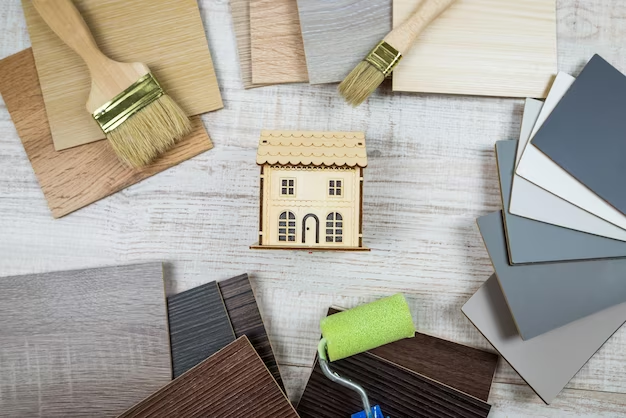Title: Saving on Home Renovations: Cost-Saving Tips and DIY Ideas
Introduction: Home renovations are an exciting way to breathe new life into your living space. However, they can quickly become expensive if you’re not careful. Fortunately, there are several cost-saving strategies and do-it-yourself (DIY) ideas that can help you transform your home without breaking the bank. In this article, we’ll share valuable tips and DIY ideas to help you save money on home renovations while still achieving impressive results.
- Set a Realistic Budget: Before embarking on any home renovation project, it’s crucial to establish a realistic budget. Determine how much you can comfortably spend and allocate funds for different aspects of the renovation, such as materials, labor, and unexpected expenses. Having a budget in place will help you stay focused and make informed decisions throughout the process.
- Plan and Prioritize: Take the time to plan your renovation project thoroughly. Consider your goals, needs, and the areas of your home that require the most attention. By prioritizing your renovation goals, you can focus on the most important aspects and allocate your budget accordingly. This approach ensures that you’re spending money where it matters most.
- DIY Whenever Possible: One of the most effective ways to save on home renovations is by tackling as many tasks as possible yourself. Whether it’s painting, installing new fixtures, or even laying flooring, there are plenty of DIY tutorials and resources available online. By doing the work yourself, you can save on labor costs and have the satisfaction of accomplishing the project on your own.
- Research and Compare Prices: When it comes to purchasing materials and supplies for your home renovation, it pays to do your research. Compare prices at different stores and online retailers to find the best deals. Look for discounts, promotions, or bulk purchasing options that can help you save money without compromising on quality.
- Repurpose and Upcycle: Consider repurposing and upcycling materials and furniture whenever possible. Instead of buying new items, think about ways to reuse existing ones. For example, you can refurbish old cabinets or transform unused wooden pallets into unique and stylish furniture pieces. Not only does this approach save money, but it also adds a touch of creativity and personalization to your home.
- Rent or Borrow Tools: If you need specialized tools for your renovation project but don’t want to invest in purchasing them, consider renting or borrowing from friends or neighbors. Renting tools for a short period can be much more cost-effective than buying them outright, especially if you won’t use them frequently.
- Focus on Energy Efficiency: When renovating, consider incorporating energy-efficient elements into your home. Install energy-saving light fixtures, replace old windows with energy-efficient ones, and consider adding insulation to reduce heating and cooling costs. While these upgrades may have an upfront cost, they can lead to long-term savings on energy bills.
- Get Multiple Quotes: If your renovation project requires professional assistance, such as plumbing or electrical work, be sure to get multiple quotes from reputable contractors. Compare the prices and services offered to ensure you’re getting the best value for your money. Remember to check reviews and ask for references to ensure the contractor’s quality of work.
- Avoid Unnecessary Changes: While it’s tempting to make last-minute changes or additions during the renovation process, these can quickly inflate your expenses. Stick to your initial plan as much as possible and avoid unnecessary modifications that can lead to additional costs and delays.
Conclusion: Home renovations can be costly, but with careful planning, creativity, and a DIY mindset, you can achieve remarkable results while staying within your budget. By setting a realistic budget, prioritizing your goals, and implementing cost-saving strategies like DIY work, research, repurposing, and energy efficiency, you can transform your home without breaking the bank. Remember, the key is to be resourceful, adaptable, and open to alternative solutions that provide both savings and a beautiful end result.










